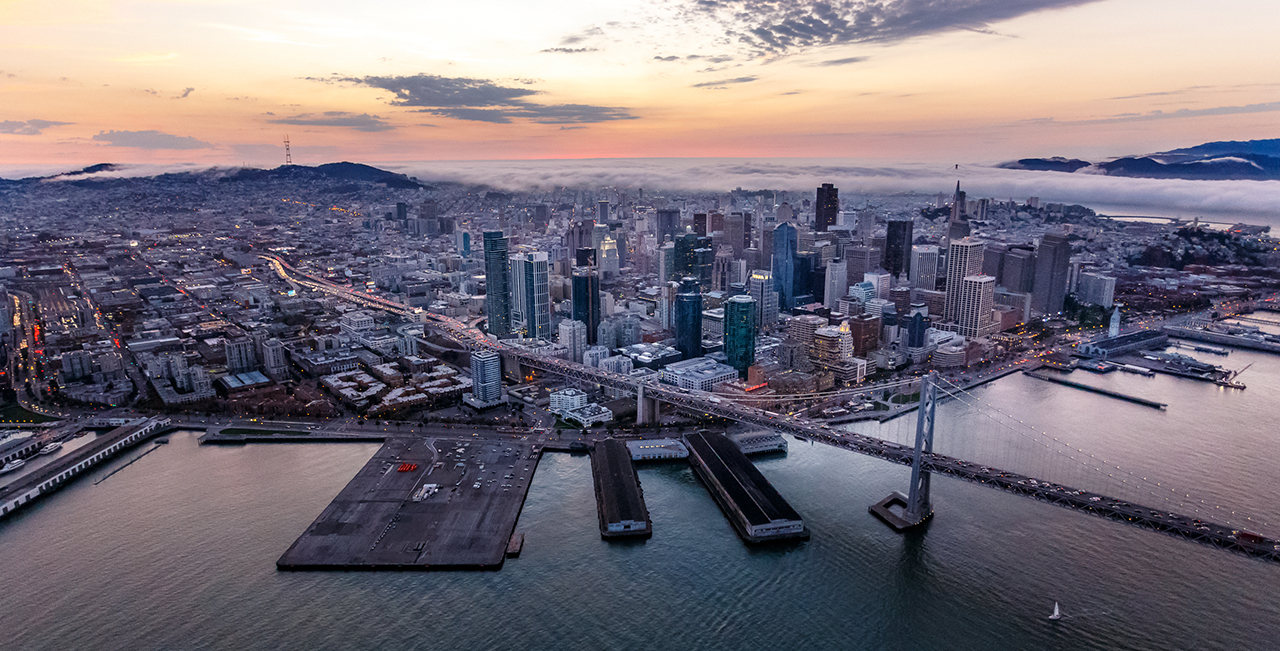
May 3, 2017
Dangers from climate change, more frequent extreme weather events and resulting power outages represent growing concerns for government agencies, building owners and design professionals. This session explored how stakeholders are addressing resilience at multiple scales, presenting tools and design strategies at the scale of individual buildings; and ideas for infrastructure, policy and community-building for cities and communities. The session also touched on the inherent synergies between resiliency, sustainability and social equity.
Considering the scale of individual buildings, speakers discussed approaches such as passive survivability, which allows buildings to remain usable in “unplugged mode” primarily through passive means (which enable efficient energy performance under normal operations). Speakers also presented climate planning tools, the new LEED pilot for resilient design, and ideas about tall buildings and approaches from around the world. Finally, at the scale of urban and community design, speakers examined resiliency concerns for infrastructure and neighborhoods, including policy, equity and design challenges underway in many cities around North America.
This event was free and open to the public. It was co-sponsored by UC Berkeley’s Center for the Built Environment (CBE) and the PG&E Pacific Energy Center.
Speakers and Presentations
-
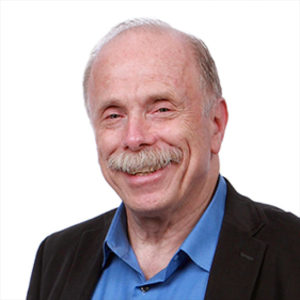
David Dixon, FAIA
Senior Principal, Urban Design Group Leader, Stantec
Presentation: Resilience: The Jane Jacobs Conundrum
Residential Architecture Magazine named David to their Hall of Fame as “the person we call to ask about cities.” Having a focus on urban transformations, in recent years he’s led planning in post-Katrina New Orleans, and has initiated a broad reappraisal of the role of density in building more livable, resilient, and equitable communities. A Fellow of the AIA, David was honored with their Thomas Jefferson Medal for “a lifetime of creating livable neighborhoods, vibrant civic spaces, and vital downtowns.” He is co-author of “Urban Design for an Urban Century: Shaping More Livable, Equitable, and Resilient Cities.”
-

Brian Strong
Chief Resilience Officer and Director, City of San Francisco
Presentation: Resilience Planning in San Francisco
Brian Strong has spent over 15 years working with government organizations to develop and implement practical solutions and policies that improve the lives of the people they serve. He was appointed to his current position in 2016 by Mayor Ed Lee, and now leads resilience policy, programs, and initiatives at the City of San Francisco. This includes oversight for development of the 10-year capital plan, capital budget, and associated projects and programs to identify, fund, and address infrastructure needs. Previously he served for over ten years as Director of Capital Planning Program for the City and County of San Francisco.
-
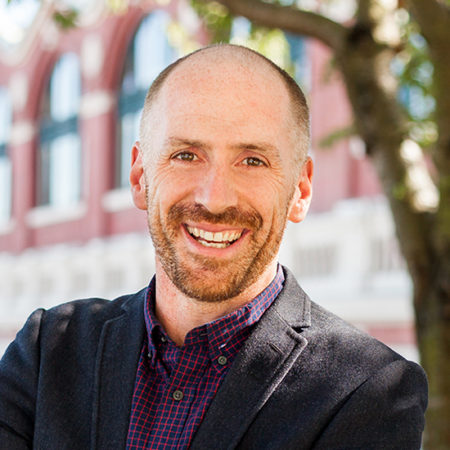
Dave Ramslie
Principal and Head of Planning Research & Sustainability, Integral Group
Presentation: Passive Survivability in Buildings
Dave Ramslie is an urban planner by training, and his area of focus is on resilience and sustainable development. His work on policy, standards, and masterplans has won numerous international awards and last year he was recognized by the NRDC as one of 9 global leaders fighting climate change in cities. He has recently led the development of high performance building standards for the Province of BC, The City of Vancouver and City of Toronto that are all targeting net zero emissions strategies. Dave has also worked on energy policy issues with multiple US Cites and the US Department of Energy, and is a technical advisor to the Rockefeller Foundation’s 100 Resilient Cities Initiative.
-
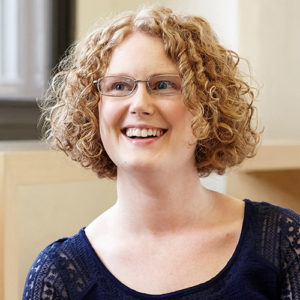
Ariane Laxo, CID, LEED AP ID+C, EDAC
Senior Associate, HGA Architects and Engineers
Presentation: Resiliency: Risk Management by Design
Ariane Laxo is an interior designer and co-chair of HGA’s Sustainability Council. She leads the firm’s resilient design task force, an inter-disciplinary firm-wide group that conducts primary and secondary research in order to deepen the firm’s expertise in the field of resilient design. Her work in resilience includes leading resilience risk assessment workshops for clients and at conferences across the country. As a designer, she works on corporate and cultural projects, infusing sustainable design principles throughout her practice. Ariane is founding chair of the Minnesota Resiliency Collaborative, and represents HGA in the AIA National Resilience Initiative, Upper Midwest Hub. She currently serves on USGBC’s LEED Resilience Working Group.
-
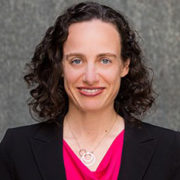
Claire Moore, SE, PE, LEED AP
Engineering Practice Leader, HOK
Presentation: Resilient Design: Structural Perspective
Claire Moore is a structural engineer and engineering practice leader based in HOK’s San Francisco office. Claire’s approach to each project is to focus on the client’s goals and tailor the structural solution to achieve an integrated building design that responds to those goals. Her professional work includes a wide range of experience in structural engineering design, project management and construction administration services. Her technical expertise encompasses both linear and nonlinear analysis, seismic evaluations and retrofits, structural design and BIM modeling. With completed projects ranging from large iconic buildings to small-scale art installations, she has experience in a variety of project types, including higher education, healthcare, justice and aviation.
-
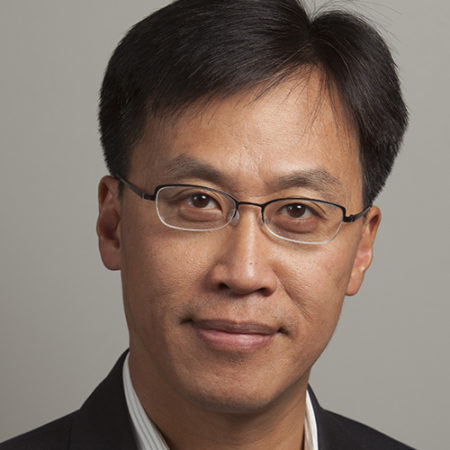
Luke Leung, PE, LEED Fellow
Director, MEP + Sustainable Engineering Studio, SOM
Presentation: Natural Resilience
Luke Leung has been recognized with multiple awards including eight ASHRAE “Excellence in Engineering” awards, several AIA sustainable design awards, and others. His project highlights include the Burj Khalifa, currently the world’s tallest man-made structure; Roche Diagnostics in Indianapolis; and more than 40 LEED-certified or registered buildings, including Pertamina Tower – the tallest and largest building to target net-zero energy. He is a part-time professor at the Illinois Institute of Technology, an ASHRAE Distinguished Lecturer, and he is active with many organizations developing standards related to sustainability, resilience, and natural ventilation in high-rise buildings, including the current LEED Pilot Credit on Resiliency, and as a presidential appointed member on ASHRAE Environmental Health Committee.
